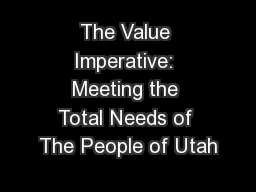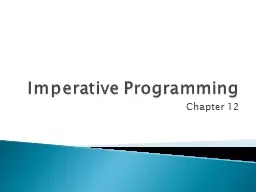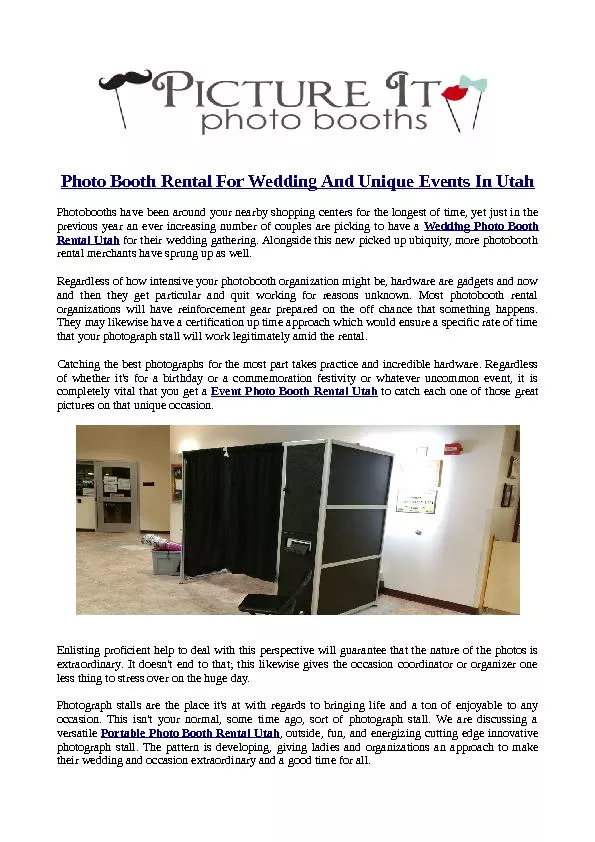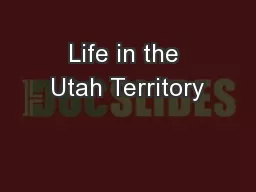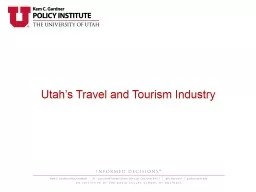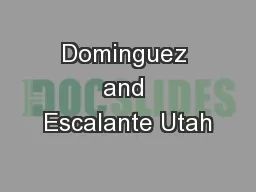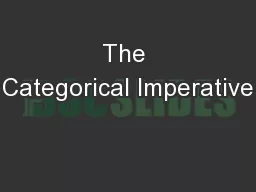PPT-The Value Imperative: Meeting the Total Needs of The People of Utah
Author : newson | Published Date : 2020-06-18
Greg Poulsen Senior Vice President and Chief Strategy Officer Social Security Current Debt and Unfunded Federal Obligations by Category Trillions Total National
Presentation Embed Code
Download Presentation
Download Presentation The PPT/PDF document "The Value Imperative: Meeting the Total ..." is the property of its rightful owner. Permission is granted to download and print the materials on this website for personal, non-commercial use only, and to display it on your personal computer provided you do not modify the materials and that you retain all copyright notices contained in the materials. By downloading content from our website, you accept the terms of this agreement.
The Value Imperative: Meeting the Total Needs of The People of Utah: Transcript
Download Rules Of Document
"The Value Imperative: Meeting the Total Needs of The People of Utah"The content belongs to its owner. You may download and print it for personal use, without modification, and keep all copyright notices. By downloading, you agree to these terms.
Related Documents

